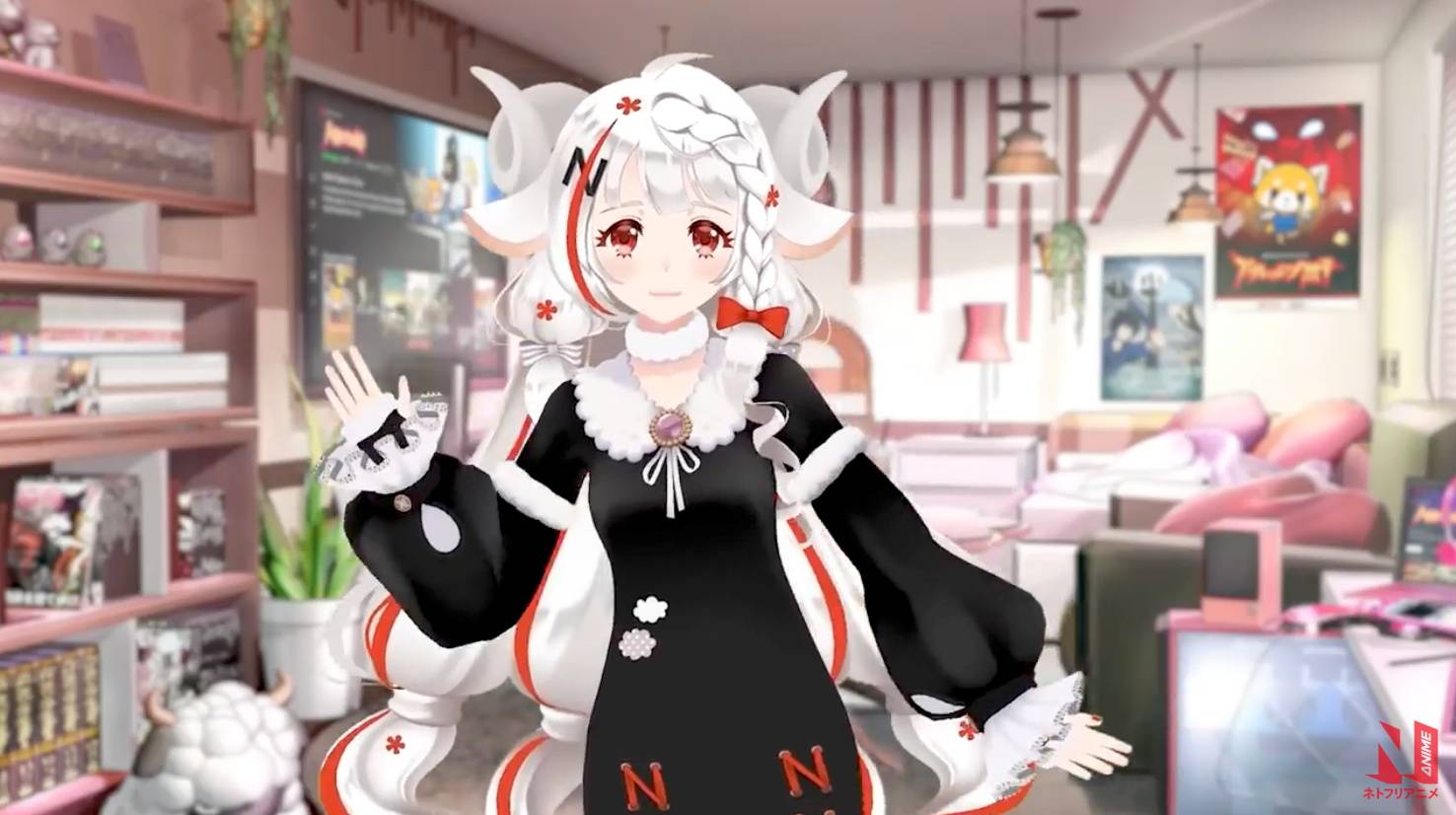Have you ever wondered what lies behind the digital personas of VTubers, those virtual entities taking the internet by storm? These avatars, controlled by real-life individuals, have sparked a phenomenon that blurs the lines between reality and simulation.
As you explore the origins and impact of VTubers, you’ll uncover the fascinating intricacies of this virtual world and how it’s reshaping the landscape of online content creation, leaving many intrigued by its potential and future implications.
Origins of VTubers
Tracing back the origins of VTubers, you find a fascinating intersection of technology and entertainment. It all began in Japan around 2010, with the emergence of Kizuna AI, considered the first VTuber. Kizuna AI’s success paved the way for a new form of online content creation, where creators could embody virtual avatars to engage with their audience.
As the concept gained popularity, more VTubers emerged, each bringing their unique personalities and content styles to the virtual world. These virtual personalities resonated with audiences globally, transcending language barriers and cultural differences.
The appeal of VTubers lies in their ability to offer a fresh and innovative approach to content creation. By blending advanced technology with traditional entertainment, VTubers have captured the imagination of viewers worldwide.
From humble beginnings to becoming a mainstream phenomenon, VTubers continue to evolve and redefine the boundaries of online entertainment. Their journey showcases the power of creativity and technology coming together to create something truly extraordinary.
Evolution of VTuber Content
The expansion of VTuber content has seen a remarkable evolution in the types of virtual experiences creators offer to engage with their audiences. Initially, VTubers primarily focused on streaming gameplay or hosting virtual talk shows. However, as the concept gained popularity, creators started exploring new avenues to captivate viewers.
One significant shift has been the diversification of content genres. VTubers now produce a wide range of videos including music covers, cooking shows, educational content, and even virtual travel vlogs. This expansion has allowed VTubers to cater to a broader audience with varied interests.
Moreover, collaborations between VTubers have become increasingly common. These collaborations can range from joint gaming sessions to creating original songs or participating in virtual events. By working together, VTubers not only cross-promote each other but also offer unique and entertaining content that keeps viewers engaged.
VTuber Technology Explained
To delve into the world of VTuber technology, let’s uncover the innovative tools and techniques that bring virtual characters to life on screen. VTuber technology revolves around motion capture, facial tracking, and real-time rendering. Motion capture involves recording the movements of a person or object and mapping them onto a virtual avatar. Facial tracking captures the nuances of facial expressions, allowing VTubers to convey emotions realistically. Real-time rendering ensures that these movements and expressions are displayed instantly, providing a seamless viewing experience for the audience.
One key component of VTuber technology is the use of specialized software and hardware. VTubers often utilize motion capture suits, facial tracking cameras, and powerful computers to create and stream their content. These tools allow VTubers to interact with their audience in real-time, creating a sense of presence and connection that traditional content creators may struggle to achieve.
Impact of VTubers on Media
Exploring the influence of VTubers on media reveals a dynamic shift in content creation and audience engagement. VTubers have significantly impacted the media landscape by introducing new forms of entertainment and audience interaction. Traditional media outlets are taking notice of this trend, with some even collaborating with VTubers to reach a broader demographic. The authenticity and relatability of VTubers have attracted a loyal following, challenging the traditional celebrity culture and redefining the concept of fame in the digital age.
Furthermore, VTubers have influenced content creation by showcasing innovative ways to engage viewers through virtual avatars. This has led to the rise of virtual idol groups and collaborative projects that blend animation with live streaming. As a result, media platforms are adapting to accommodate VTubers, with some creating specialized channels and features tailored to this emerging genre.
Future Trends in VTubing
As VTubers continue to shape the media landscape, the future trends in VTubing are poised to revolutionize content creation and audience engagement even further. One prominent trend on the horizon is the integration of artificial intelligence (AI) to enhance VTuber interactions. Imagine AI algorithms that can dynamically respond to audience comments or simulate more realistic facial expressions for VTubers in real-time.
Additionally, virtual reality (VR) is set to play a significant role in the evolution of VTubing. With VR technology becoming more accessible, VTubers may soon be able to create immersive experiences where audiences can interact with them in virtual worlds, fostering deeper connections and increasing viewer engagement.
Furthermore, the rise of cross-platform VTubers is anticipated. VTubers who can seamlessly transition between different social media platforms and virtual reality spaces will have a broader reach and appeal to a more diverse audience.
Conclusion
In conclusion, VTubers have quickly become a popular and influential presence in online media. Their unique blend of virtual avatars and engaging content has captured the interest of audiences worldwide.
As technology continues to evolve, we can expect to see even more innovative and immersive VTuber experiences in the future.
Stay tuned for exciting developments in this dynamic and rapidly growing field of entertainment.
